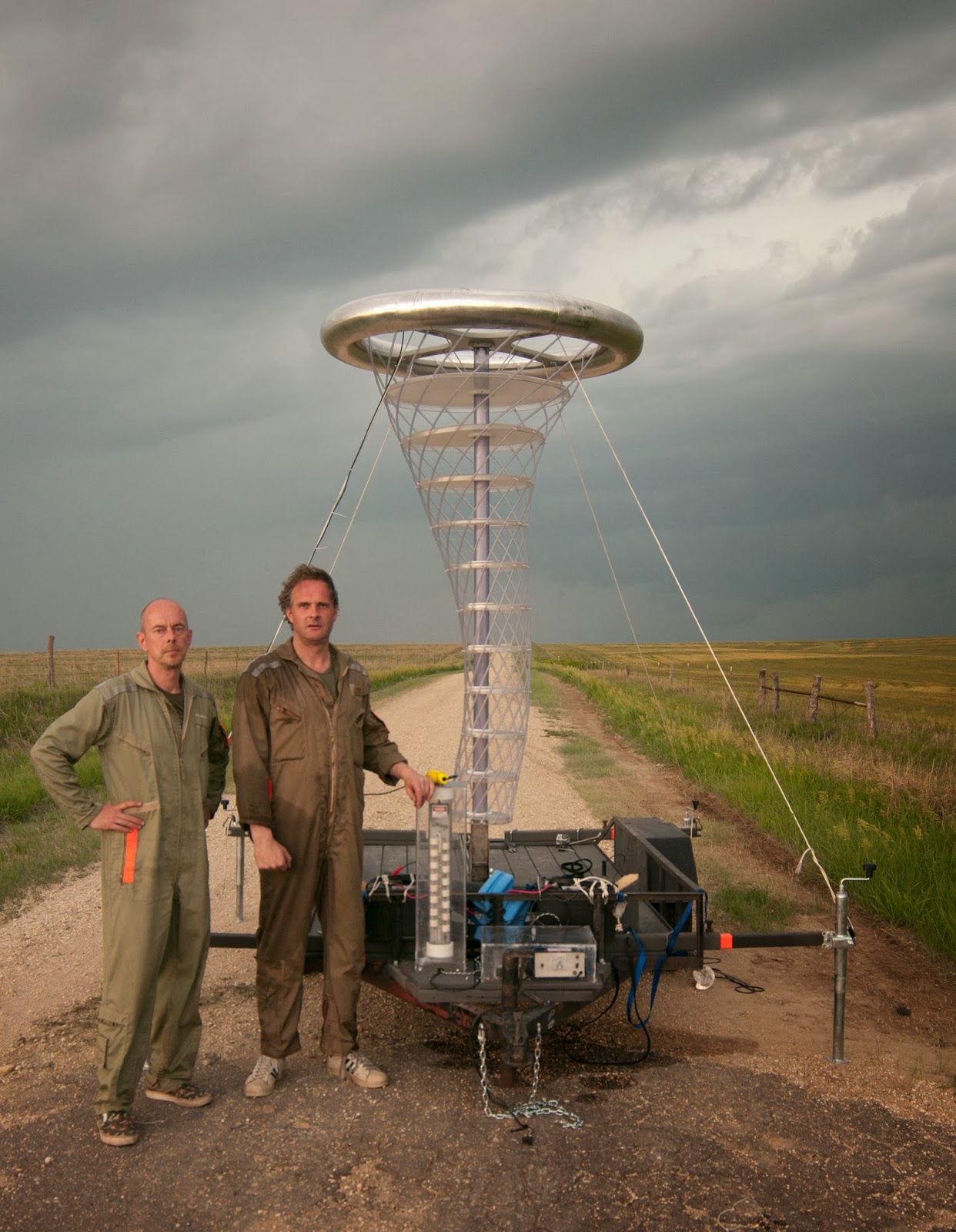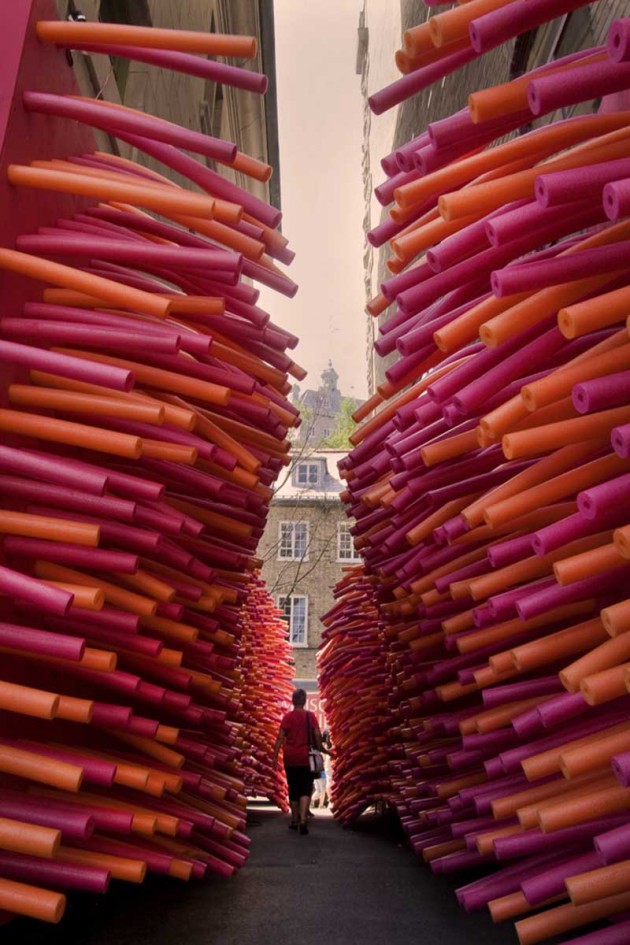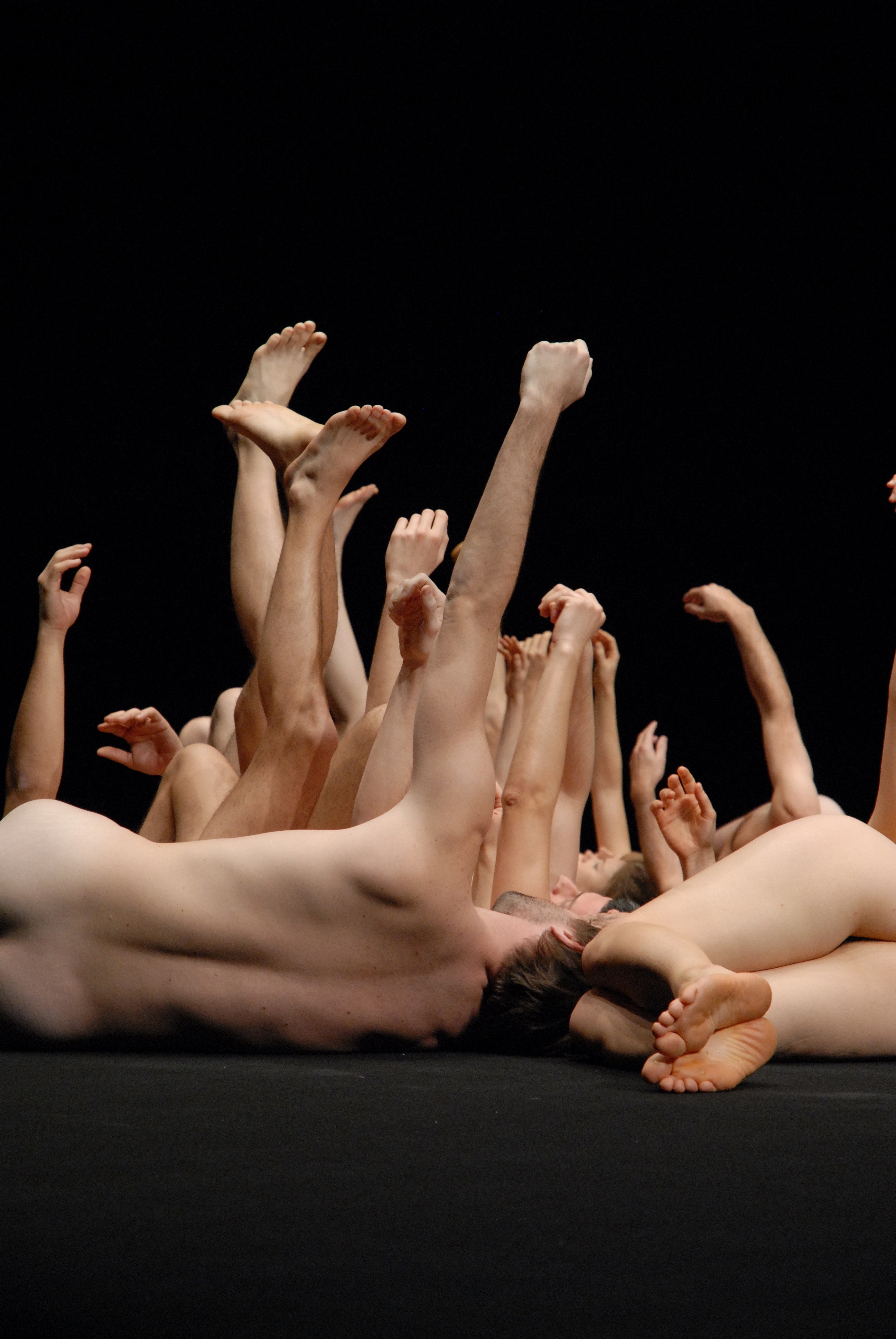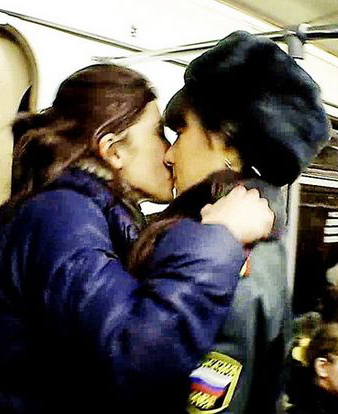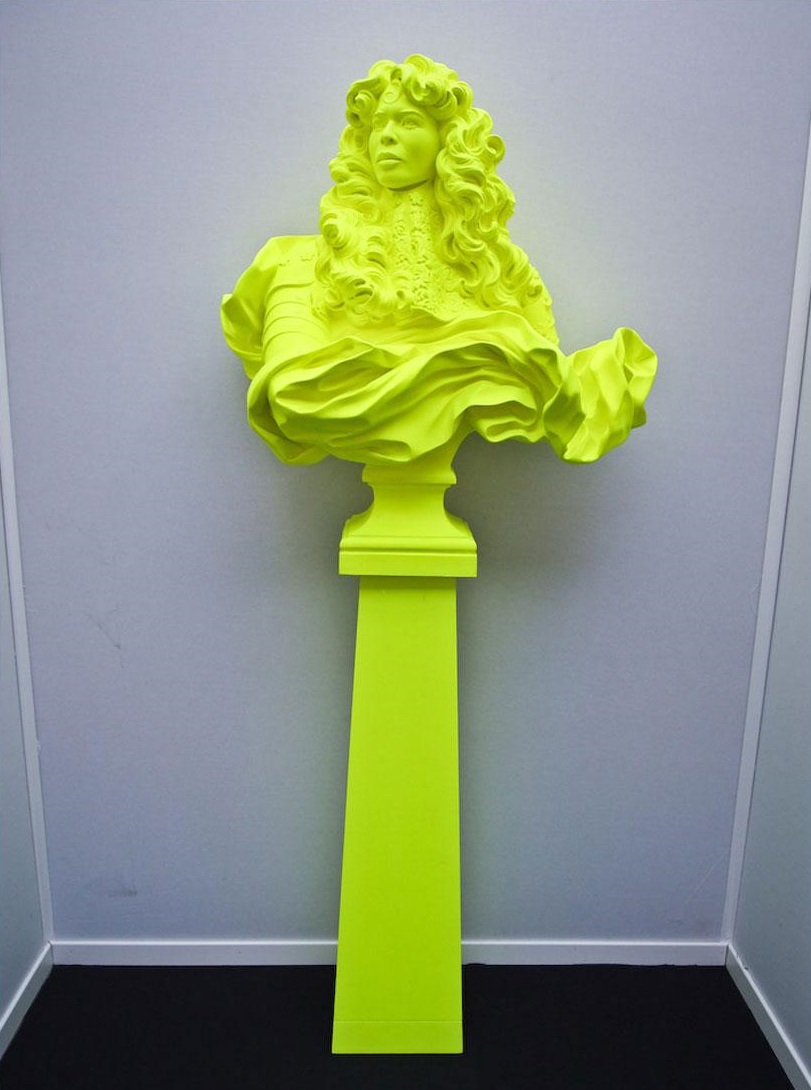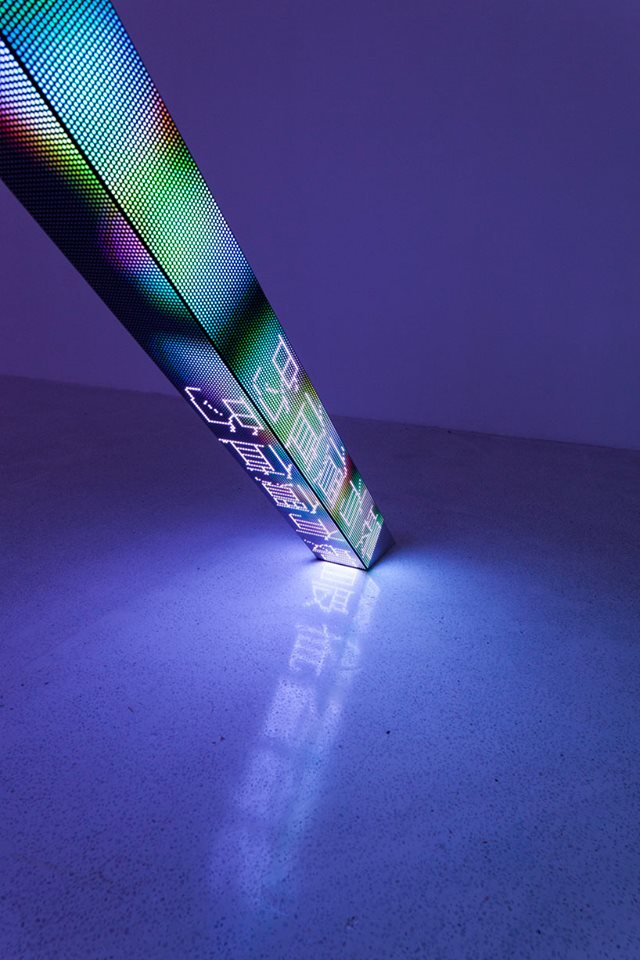
JENNY HOLZER
珍妮•霍尔泽
ג’ני הולצר
ジェニー·ホルツァー
제니 홀저
ДЖЕННИ ХОЛЬЦЕР
For more than thirty years, Jenny Holzer has presented her astringent ideas, arguments, and sorrows in public places and international exhibitions, including 7 World Trade Center, the Reichstag, the Venice Biennale, the Guggenheim Museums in New York and Bilbao, and the Whitney Museum of American Art. Her medium, whether formulated as a T-shirt, as a plaque, or as an LED sign, is writing, and the public dimension is integral to the delivery of her work. Starting in the 1970s with the New York City posters, and up to her recent light projections on landscape and architecture, her practice has rivaled ignorance and violence with humor, kindness, and moral courage















